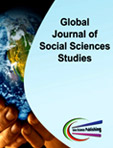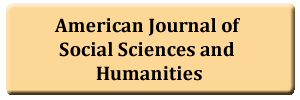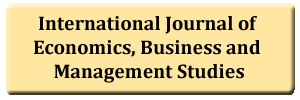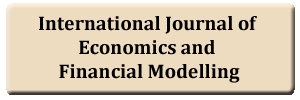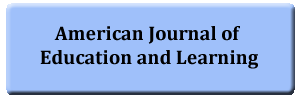Existing Working Conditions and Labour Unions Agitations in Cross River State Civil Service, Nigeria
DOI:
https://doi.org/10.20448/807.4.1.39.51Keywords:
Working conditions, Labour unions agitations, Workers remuneration and safety.Abstract
This study sought to describe and analyse the relationship between existing working conditions and labour unions agitations in Cross River State Civil Service, Nigeria. The study specifically examinedthe extent to which workers’remuneration and safety incites labour unions agitations. The research adopted a descriptive survey design. The instrument used for data collection was a 30-item questionnaire titled working conditions and labour unions agitations (WCLUA). Nine hundred and twelve (912) copies of the instrument were distributed to staff of Cross River State Civil Service. Copies of all the questionnaire were completed, retrieved and found usable, thus, giving a response rate of 100 percent. The generated data were statistically tested using linear regression statistical method. The survey results indicated that poor workers’remuneration and safety incites labour unions agitations. It was therefore concluded that working conditions significantly affect labour unions agitations. The study recommended among others that government should recognize and support workers’ defined safety rights; and improved remuneration of Cross River State Civil Servant as well as government should adequately compensate the workers for their efforts so as to reduce dissatisfaction among the staff.

